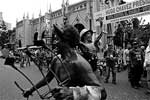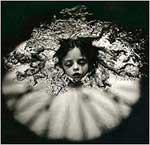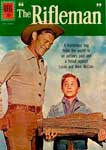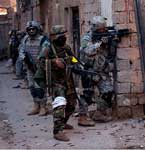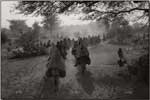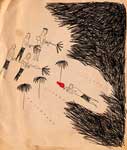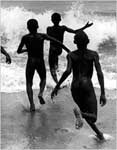Ramin Rahimian, Digital Journalist:
Being a citizen and a journalist from the U.S. worked in my favor and against me. In a busy deli in downtown Caracas, close to the capitol – a heavily Chavista area – I was approached by a middle-aged man wearing the party’s traditional red T-shirt. He was belligerent and seemed drunk. He got in my face in this crowded deli and pulled at his shirt, telling me that I’m the devil and that this was his country. He was unrelenting. All I could do was agree with him, “Yes, I know, I’m the devil. I know.” Anything so that he would not knock me out.
Photographing, or should I say street shooting, in that neighborhood was very difficult for me. It is a Chávez stronghold. I had heard countless horror stories from other shooters of theft, knife attacks, and general harassment and distaste for foreign journalists. It was tough not to shoot; I felt like I missed out on showing the downtown environment in my own way.
Here.

